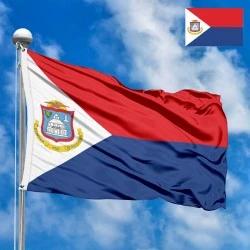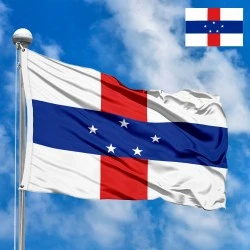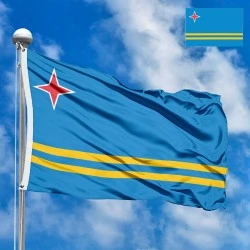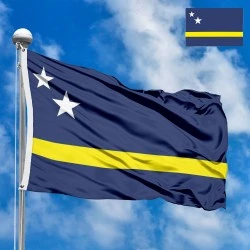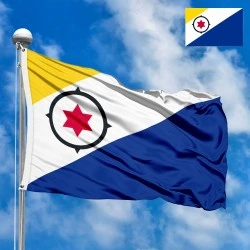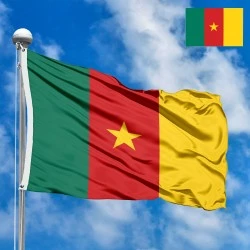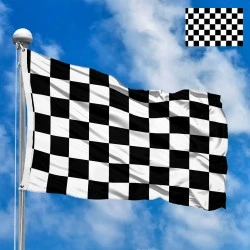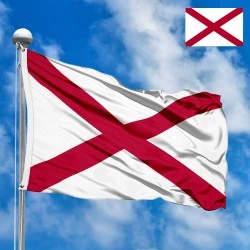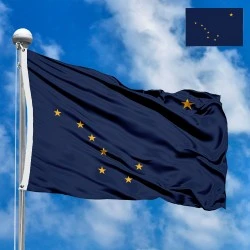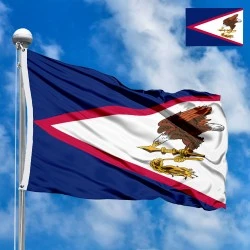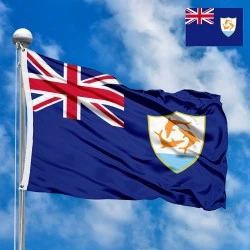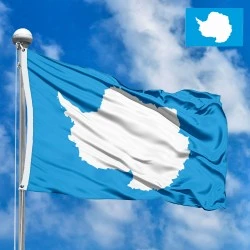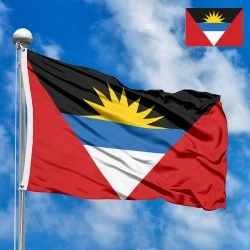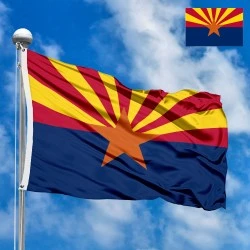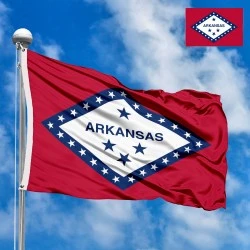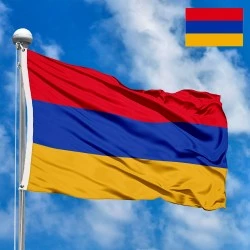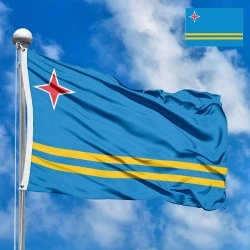Flag of the Netherlands
- Flag Type: State
- Proportions (official): 2:3
- Official name: Kingdom of the Netherlands
- Local name: The Netherlands
- Sovereignty (year): YES (1648)
- Member of Organizations: UN, NATO, European Union
- Country code, territory: NL, NLD, 528
- Capital: Amsterdam (official), The Hague (seat of government)
- Large cities: Rotterdam, Utrecht, Eindhoven
- Population: 17,998,000 (2024, CBS)
- Religions: No religion ~51%, Christian ~28%, Muslim ~5% etc.
- Area (km²): 41 543
- Highest point: Mount Scenery (887 m) on Saba
- Lowest point: Zuidplaspolder (–6.76 m)
- Currency: Euro (EUR, €)
- Languages: Dutch
- Dialing code: +31
- National domain: .nl
Flag Information
General information
Demography and Culture
Economy and communications
- All Flags
- Flags of Countries by Continent
-
Flags of Organizations
- Flags of UN countries
- Flags of the European Union countries
- Flags of NATO countries
- Flags of the countries of the Organization of Islamic Cooperation
- Flags of the countries of the Organization of American States
- Flags of the Arab League countries
- Flags of the African Union countries
- Flags of the countries of the Union of South American Nations
- Flags of the Commonwealth of Nations
- Flags of the countries of the Secretariat of the Pacific Community
- Flags of the Nordic Council countries
- Flags of the Caribbean Community
- Flags of the countries of the Association of Southeast Asian Nations
- Flags of the East African Community
- Flags of the countries of the Organization of Turkic States
- LGBT Community Flags
- Historical Flags
- Ethnic Flags
- Flags of the USA (states)
Description
The national flag of the Netherlands is a profound symbol of the nation's rich history, its enduring spirit of independence, and its pivotal role in shaping global commerce and maritime exploration. This iconic tricolor, consisting of three horizontal stripes of equal width – red (top), white (middle), and blue (bottom) – is not only one of the oldest tricolor flags in continuous use but also the inspiration for countless national banners around the world. Officially recognized in 1937, its origins stretch back to the 16th century during the Dutch Revolt against Spanish rule, making it a powerful testament to the Netherlands' struggle for sovereignty. The flag is far more than a mere emblem; it is a vibrant narrative of resilience, innovation, and the deep-seated values of liberty that define the Dutch people.
Dimensions, Colors, and Arrangement of Elements: The design and precise specifications of the Dutch flag are legally defined to ensure its consistent and respectful representation as a paramount national symbol.
-
The flag consists of three horizontal stripes of equal width: the upper stripe is red, the middle stripe is white, and the lower stripe is blue. This simple yet potent arrangement is known globally as a classic tricolor.
-
The proportions (aspect ratio) of the flag are 2:3 (height to length). This standard ratio provides a visually balanced and widely recognized form.
-
The official shades of the colors are crucial for the flag's accurate appearance and specific meaning:
-
The red (bright vermilion) on the top stripe is officially designated as "bright vermilion" or "brilliant red" (Pantone 193 C). This vibrant red symbolizes bravery, strength, valor, and hardiness. Historically, it evolved from an orange stripe, representing the House of Orange-Nassau, but eventually settled on red, possibly for better visibility at sea or due to dying difficulties with orange. It also signifies the courage of the Dutch people in their fight for freedom.
-
The white in the middle stripe represents peace, honesty, and purity. This central white stripe visually separates the red and blue, creating a clear and distinct design. It also reflects the religious neutrality and tolerance that have historically characterized Dutch society.
-
The blue (cobalt blue) on the bottom stripe is officially "cobalt blue" or "ultramarine blue" (Pantone 286 C). This deep blue symbolizes loyalty, truth, perseverance, and justice. It is believed to represent the Dutch waterways and the nation's maritime heritage, as well as the unwavering commitment to justice and democratic principles.
-
-
The sequential order of the colors — red, white, and blue — is maintained across all official representations, reflecting a tradition deeply embedded in Dutch national identity. The clarity and simplicity of this design contribute to its widespread recognition and emotional resonance.
History of the Flag's Creation and Adoption: The evolution of the Dutch flag is a captivating journey that mirrors the Netherlands' tumultuous path to nationhood and its rise as a global power.
-
The origins of the modern Dutch flag lie in the "Prinsenvlag" (Prince's Flag), which emerged during the Dutch Revolt (Eighty Years' War, 1568-1648) against Spanish rule. This flag initially featured orange, white, and blue horizontal stripes.
-
The orange stripe was a direct reference to William of Orange (Willem van Oranje), the leader of the Dutch Revolt and the founder of the House of Orange-Nassau, the Dutch royal family. This orange, white, and blue combination became a powerful symbol of resistance and the fight for independence.
-
Over time, particularly in the early to mid-17th century, the orange stripe gradually began to be replaced by red. While the exact reasons for this shift are debated, several theories exist:
-
Practicality: Red dye was more stable and less prone to fading than orange dye, especially in maritime conditions. This made red a more practical choice for a seafaring nation.
-
Symbolism: Red might have offered a stronger visual contrast and greater visibility at sea. It also aligned with the colors of some older Dutch provincial banners.
-
Political Change: The shift to red might have also reflected political changes, particularly the growing influence of the States-General over the House of Orange, as the orange was a direct reference to the stadholder.
-
-
By the mid-17th century, the red, white, and blue tricolor (often called the "Statenvlag" or States' Flag) had largely superseded the Prince's Flag and was widely accepted as the national flag.
-
During the Batavian Republic (1795-1806), a French client state, the red, white, and blue tricolor remained, but often with an emblem of a Dutch maiden and a lion in the white stripe.
-
When the monarchy was restored in 1813, the red, white, and blue flag was reinstated. However, there was still some debate and occasional use of the orange-white-blue Prince's Flag for certain occasions.
-
The definitive color specification was established in a royal decree by Queen Wilhelmina on February 19, 1937. This decree formally confirmed the red, white, and blue as the official colors of the national flag, ensuring uniformity and ending centuries of occasional variation. This formal adoption cemented the flag's modern identity.
-
The flag's design has remained unchanged since 1937, symbolizing the continuity of Dutch statehood, its rich heritage, and its enduring values.
Symbolism and Meaning for Residents: For the people of the Netherlands, the national flag is a source of immense pride, symbolizing their unique history, their independent spirit, and the core values that define their society.
-
The red stripe embodies bravery, strength, and the sacrifices made by the Dutch people in their long and often arduous struggle for freedom and national identity. It recalls the determination that allowed a small nation to resist powerful empires and establish itself as a sovereign entity.
-
The white stripe represents peace, honesty, and purity. It speaks to the Dutch commitment to tolerance, openness, and their long tradition of seeking peaceful resolutions to conflicts. It also signifies the nation's integrity and straightforwardness.
-
The blue stripe symbolizes loyalty, truth, perseverance, and justice. It reflects the Netherlands' deep connection to its maritime roots, its historic role as a naval power, and its enduring commitment to the rule of law and democratic principles. It also speaks to the resilience required to manage the challenges of living below sea level.
-
Together, the red, white, and blue tricolor represents the indomitable spirit and character of the Dutch nation. It embodies their historical struggle against foreign rule, their pioneering spirit in exploration and trade, and their commitment to a free, just, and tolerant society. The flag is a constant reminder of the "Polder Model" of consensus and cooperation, reflecting the need for unity in managing the land and dealing with the sea.
-
The flag is prominently displayed on national holidays, especially King's Day (Koningsdag, April 27th), where orange streamers or pennants are often added above the flag to honor the House of Orange-Nassau. It is also seen at sporting events, national commemorations, and everyday life, symbolizing unity, patriotism, and a shared sense of Dutch identity. For Dutch citizens, both at home and abroad, the flag is a tangible link to their heritage and a powerful reminder of their values.
Interesting Facts: The Dutch flag, despite its apparent simplicity, carries a wealth of intriguing historical details and unique distinctions.
-
The Original Tricolor Inspiration: The Dutch flag is widely recognized as the first tricolor flag in continuous use to become a national symbol. Its design significantly influenced many other nations, including France (after the French Revolution) and Russia (whose flag Peter the Great based on the Dutch design). This makes it a true pioneer in vexillology.
-
The Orange Controversy: The historical shift from orange to red is one of the most debated aspects of the flag's history. While red became dominant, the color orange remains deeply symbolic for the Dutch. On King's Day, it's customary to fly an orange pennant (a triangular banner) above the national flag, a unique tradition that honors the royal House of Orange-Nassau.
-
Naval Precedence: Due to its origins as a maritime flag for merchant ships and the navy during the Dutch Golden Age, the Dutch flag holds a special place in naval history. It was one of the first flags to clearly distinguish a national identity at sea.
-
Vertical vs. Horizontal Tricolors: The Dutch flag's horizontal design is characteristic, but some countries influenced by it (like France) adopted vertical tricolors. The horizontal arrangement is often associated with the land (stripes representing landscapes or layers of society), while vertical stripes might symbolize movement or revolution.
-
Flag Day: While there is no single official "Flag Day" on the calendar like in some countries, the Dutch often raise the flag on various special occasions, including national holidays, royal birthdays, and liberation days, usually accompanied by the King's Day orange pennant if the occasion is related to the Royal House.
-
Strict Protocol: Dutch flag protocol is quite strict. The flag should not touch the ground, nor should it be displayed in a way that suggests disrespect. It is generally hoisted at sunrise (or 8:00 AM) and lowered at sunset, or no later than 9:00 PM.
-
Symbol of Resilience Against Water: Given a significant portion of the Netherlands lies below sea level, the flag implicitly symbolizes the Dutch people's historical struggle and ingenious efforts to reclaim land from the sea and manage water. The blue can represent the water, the white the land, and the red the protection against the elements, or the strength required to maintain this delicate balance.
In the demonstration images, full-size flags are shown with proportions of 2:3, and hand-held flags with proportions of 1:2.
Color
| COLOR | PANTONE | CMYK | RGB | HEX |
|---|---|---|---|---|
| 186 C | 0-83-78-32 | 173-29-37 | #AD1D25 | |
| White | 0-0-0-0 | 255-255-255 | #ffffff | |
| 286 C | 77-47-0-48 | 30-71-133 | #1E4785 |
Donation
Download
Completely free for commercial and non-commercial use (public domain).
You can freely use them in your news magazines, websites, software, mobile applications.
We appreciate a backlink to https://flagssite.com
Vector files - Flag of the Netherlands (PDF, EPS, SVG, AI)
- .pdf, .eps, .svg, .ai format; RGB color model; Official Proportions.
"30" - image size (by height) in Pixels (px).
!!! For resizing, use the Latin (eng) keyboard layout.
<img src="https://flagssite.com/flags/00svg/20226.svg" height="30" alt="Flag of the Netherlands">
 Vector files 2:3, 1:2
Vector files 2:3, 1:2
- PDF format; RGB, PANTONE/CMYK color model; aspect ratio - 2:3, 1:2.
Raster files - Flag of the Netherlands (PNG, JPG)
 Waving flag
Waving flag
- PNG format (transparent background), 72dpi, dimensions in Pixels (px), aspect ratio 3:4.
- 15х20 px
- 30х40 px
- 60х80 px
- 120x160 px
- 240x320 px
 Sizes:
Sizes:
"v15" - image size (by height); if necessary, replace with available: v15, v30, v60, v120, v240.
!!! For resizing, use the Latin (eng) keyboard layout.
<img src="https://flagssite.com/flags/v15/20226.png" alt="Flag of the Netherlands">
 Round flag
Round flag
- PNG format (transparent background), 72dpi, dimensions in Pixels (px), aspect ratio 1:1.
"d15" - image size (diameter); if necessary, replace with available: d15, d30, d60, d120, d240.
!!! For resizing, use the Latin (eng) keyboard layout.
<img src="https://flagssite.com/flags/d15/20226.png" alt="Flag of the Netherlands">
 Rectangular flag 2:3
Rectangular flag 2:3
- JPG format, 72dpi, dimensions in Pixels (px), aspect ratio 2:3.
"h30" - image size (by height); if necessary, replace with available: h15, h30, h60, h120, h240, h360, h480.
!!! For resizing, use the Latin (eng) keyboard layout.
<img src="https://flagssite.com/flags/h30/20226.jpg" alt="Flag of the Netherlands">


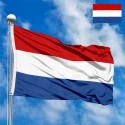
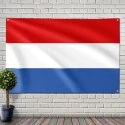
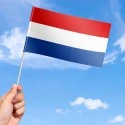
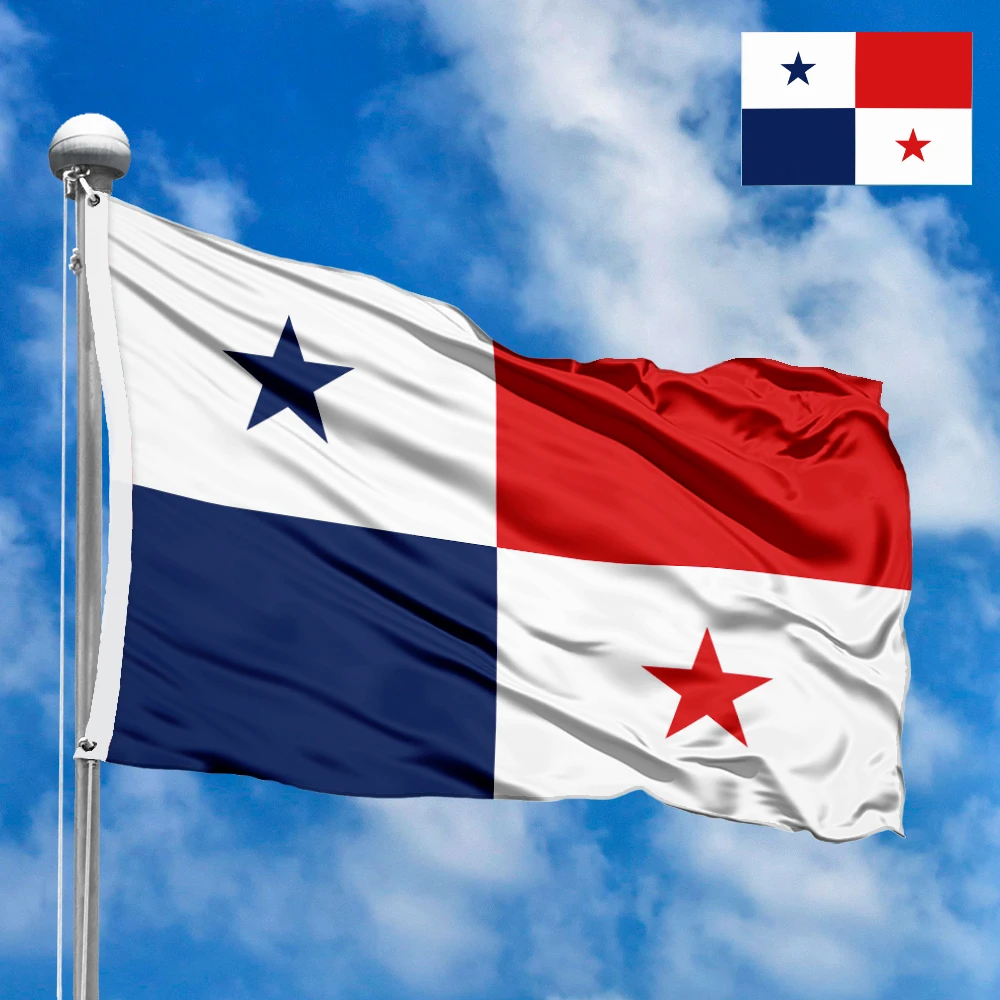





 Sizes:
Sizes:
 Sizes:
Sizes:
